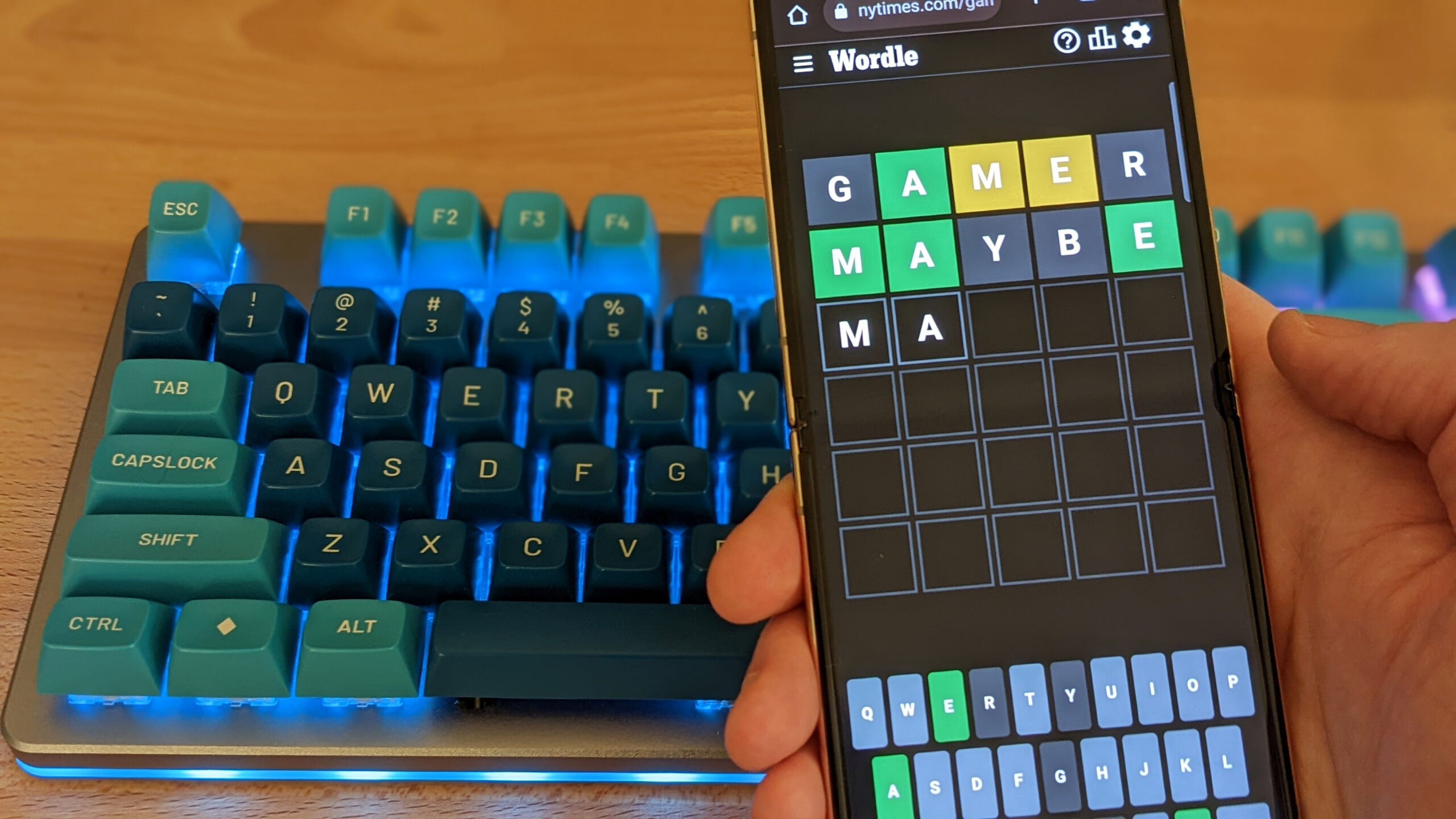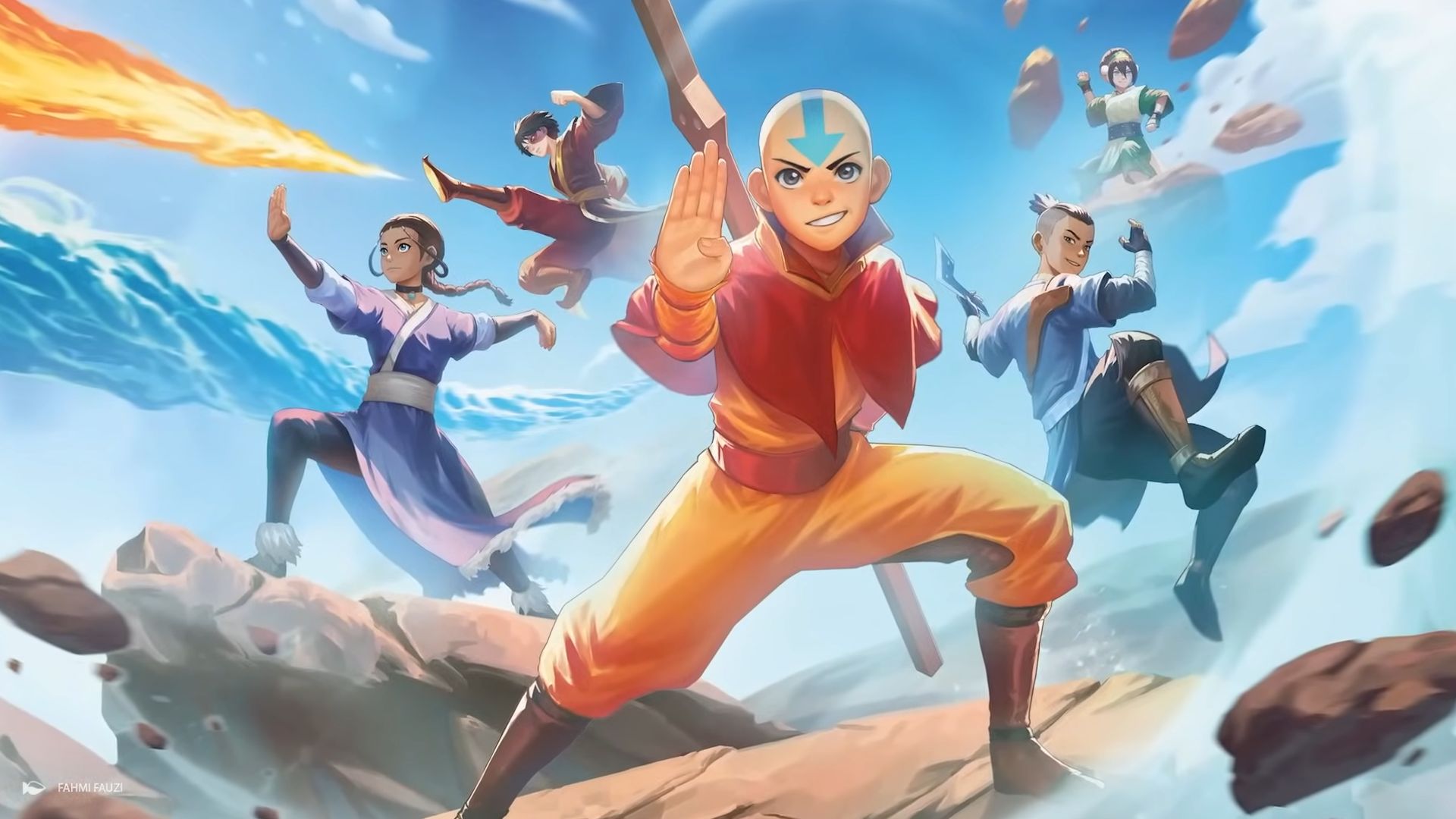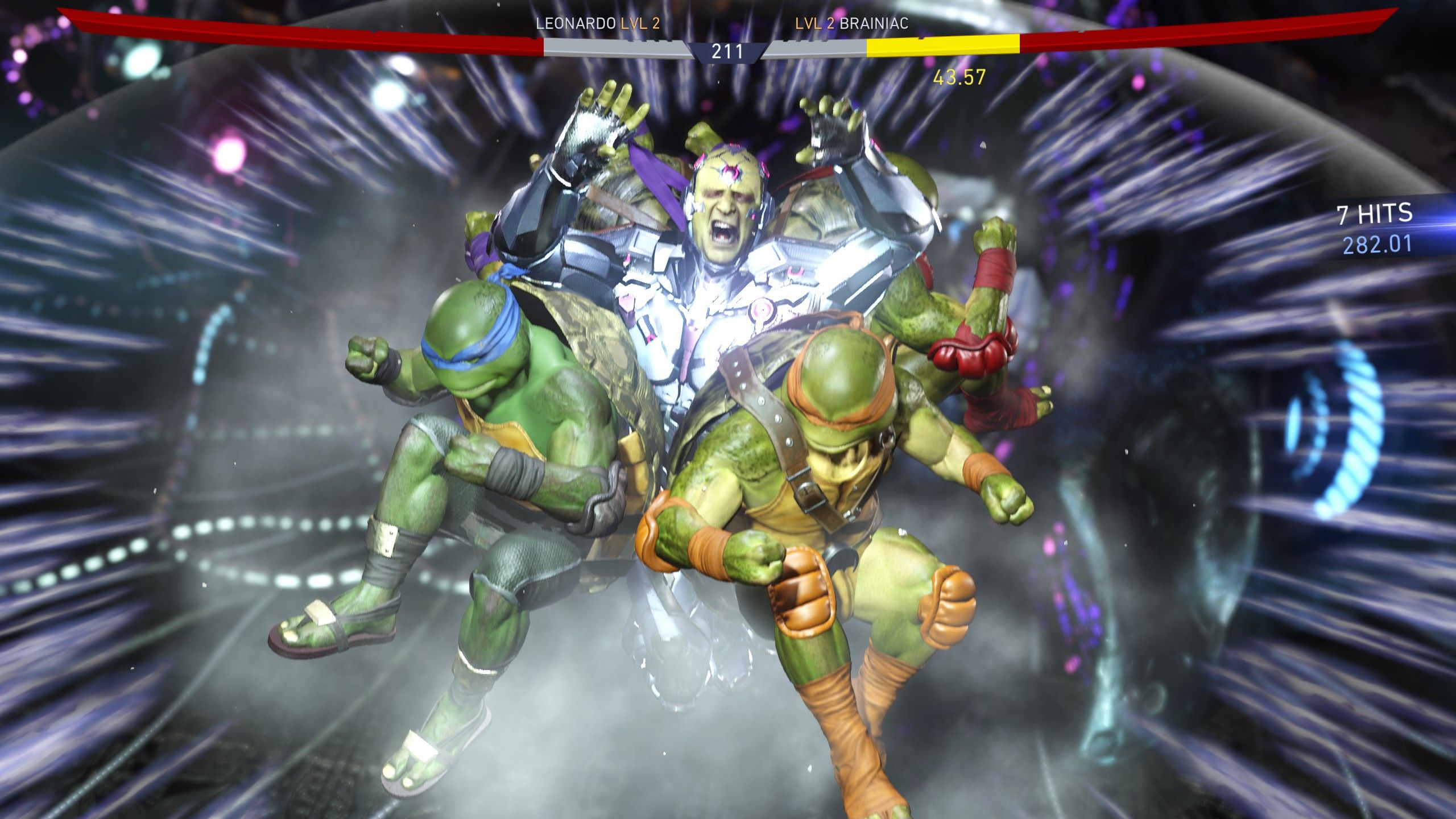When Nvidia launched its Super Video Resolution technology (VSR) in February, people with GeForce RTX 20-series cards were a bit miffed to find out that their GPUs couldn’t run the deep-learning powered video upscaling system. Well, it’s taken eight months for the complaints to be addressed but Nvidia has finally brought them into the fold with a new driver.
Millions of us enjoy streaming short videos and movies all the time, but on PCs sporting a high resolution monitor, the visual quality isn’t always great. Part of that is down to whatever compression tech the video provider has used but sometimes it’s simply down to the resolution of the streamed content.
There’s nothing wrong with using a browser to watch a 1080p video on a 4K monitor, but the upscaling method employed by Chrome, Edge, or whatever browser you use, is unlikely to be super advanced. Straight lines and edges in the video can be overly blurry and colour gradients can look a tad blocky.
VSR gets around these problems by scanning each frame in the original low-res video, using a neural network to predict what the frame’s residual image will look like after it’s been upscaled. The algorithm then uses this to tweak the upscaled frame, so that any artifacts are fixed. In theory, at least.
It does work pretty well, although depending on what quality setting you use, the GPU’s power consumption during video playback can be quite high. The biggest problem with it was that there was no reason as to why RTX 20-series cards couldn’t use it, as they seemed to have all of the hardware features required.
(Image credit: Nvidia)
Eight months on and Turing owners can finally get it try out, as Nvidia has expanded the support to the full range of RTX GPUs in the new version 1.5 of VSR. If you have an Ampere or Ada graphics card, then you might be pleased to know that the overall quality of the system has been improved.
I’ve only had a chance to test it out a little bit, but my old eyes struggled to spot any significant improvement. To be fair to Nvidia, even its press release only shows minor changes but it’s better than not having any at all.
Microsoft and Intel introduced similar upscalers earlier this year, and the former’s will work on AMD GPUs, as long as they’re RDNA-based. However, it’s still an experimental feature and might not be accessible in the version of Edge that you have installed on your PC.
(Image credit: Microsoft)
I’ve managed to get it to work on my PC but I wasn’t overly impressed with the results. Unlike Nvidia’s system, which works pretty well on videos showing cartoons or anything with heavily contrasting lines, Microsoft’s doesn’t seem to make much of a difference at all.
Anyway, if you have a GeForce RTX GPU and want to give the new version of VSR a go, then you’ll need to download the latest GeForce Game Ready drivers, which you can pick up from here.











